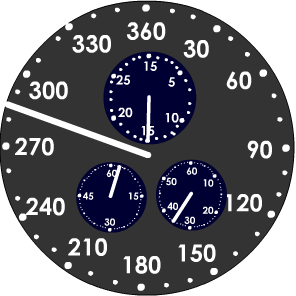New Earth Time


New Earth Time (or NET) is an alternative naming system for measuring the time of day. In NET the day is split into 360 NET degrees, each NET degree is split into 60 NET minutes and each NET minute is split into 60 NET seconds. One NET degree is therefore equivalent to four standard minutes, and one standard hour is equivalent to 15 NET degrees.
NET is equivalent to the UTC read from a 24-hour analog clock as the clockwise angle past midnight of the hour hand. For example, noon is 180°0'0" NET and at that time the hour hand is pointing straight down forming a 180° angle when measured from the top, at midnight. A full circle is 360 degrees and one NET day.
History
New Earth Time was invented on 15 September 1999 by Mark Laugesen from Auckland. The rights to the name New Earth Time (or NET) and slogan "360 degrees of time" are novel and owned by degree NET Ltd. Similar ideas for unifying time measurement across the globe include Swatch Internet Time, another rebranding of UTC+1.
See also
Further reading
- Foreman, Michael (Aug 15, 2000). "New Earth Time a matter of degree". The New Zealand Herald. Retrieved 2010-09-05.
- Kien, Grant (2005). "Internet Time: Socio-spatial Coordination Online". In Mia Consalvo & Matthew Allen. Internet Research Annual. 2. Peter Lang. ISBN 978-0-8204-6841-9.
- Rising, Gerry (August 26, 2002). "Does Anyone Really Know What Time It Is?". The Buffalo News. Retrieved 2010-09-05. (subscription required)